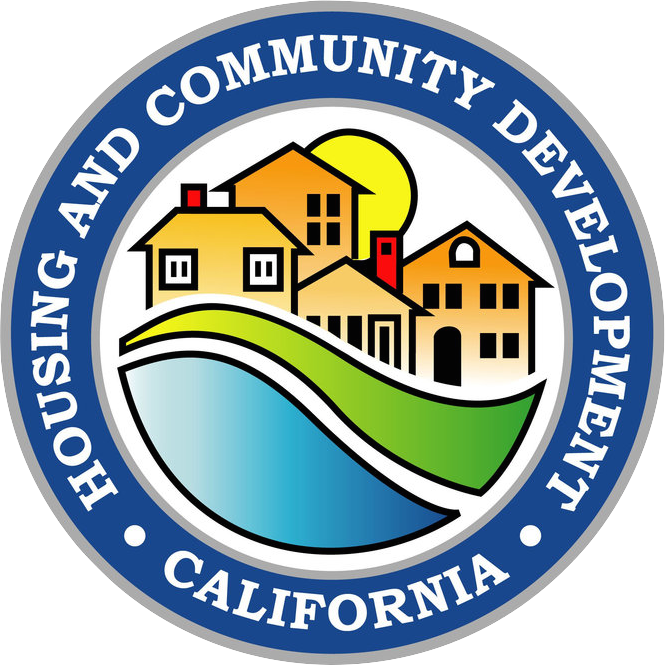Eligibility
Applications closed April 15, 2025
Single-Family Reconstruction (SFR) Program
Eligible participants must:
- Be a U.S. citizen or a qualified alien.
- Have legally owned the damaged or destroyed single-family dwelling at the time of the qualifying disaster.
- Be a low- and moderate-income (LMI) homeowner, or a landlord willing to rent to a LMI renter for the applicable affordability period.
- Be current on property taxes or have an approved payment plan or tax exemption.
- Allow access to the property for all necessary program staff.
- Have legal authority to complete an application, provide certifications, and accept their Grant Award Acknowledgement and Loan Agreement.
Eligible properties must:
- Have been a single-family dwelling, such as a stick-built, mobile home, or MHU (i.e., not a condominium, duplex, fourplex, or other multi-family property) at the time of the disaster.
- Have sustained damages directly linked to the eligible disaster.
- Be in need of outstanding repairs.
For additional eligibility and program requirements, refer to the 2021 ReCoverCA SF Reconstruction Policies and Procedures (PDF).
2021 Eligible Disasters include:
- FEMA DR-4610 (July 14 – October 25, 2021) Fire: Plumas County
Single-Family Mitigation Retrofits (SFM) Program
Eligible participants must:
- Be a U.S. citizen or a qualified alien.
- Be a low- and moderate-income (LMI) homeowner, or a landlord willing to rent to a LMI renter for the applicable affordability period.
- Be current on property taxes or have an approved payment plan or tax exemption.
- Allow access to the property for all necessary program staff.
- Have legal authority to complete an application, provide certifications, and accept their Grant Award Acknowledgement.
Eligible properties must:
- Be located in a HUD designated Most Impacted and Distressed (MID) county, which is Plumas County.
- Have home disaster mitigation and/or home hardening needs.
- Be a single-family dwelling, such as a stick-built, mobile home, or MHU (i.e., not a condominium, duplex, fourplex, or other multi-family property).
- Be correctly permitted and permissible for the zoning area or local development standards.
For additional eligibility and program requirements, refer to the 2021 ReCoverCA SF Mitigation Policies and Procedures (PDF).
2021 Eligible Disaster include:
- FEMA DR-4610 (July 14 – October 25, 2021) Fire: Plumas County
Owner-Occupied Rehabilitation/Reconstruction (OOR) Program
Eligible participants must:
- Be a U.S. citizen or a qualified alien.
- Have legally owned and occupied the damaged home as their primary residence at the time of the qualifying disaster.
- Have sustained damages directly linked to one of the eligible disasters.
- Be in need of outstanding repairs.
- Be current on property taxes or have an approved payment plan or tax exemption.
- Allow access to the property for all necessary program staff.
- Have legal authority to complete an application, provide certifications and accept their Grant Award Acknowledgement.
Owner-occupied single-family, including stick-built, mobile homes or MHUs, with outstanding repairs from 2020 disasters are eligible.
Submitted applications will be tiered based on several variables including income. Low and moderate-income (LMI) households must be served first according to federal guidelines.
For additional eligibility and program requirements, refer to the 2020 ReCoverCA Owner Occupied Rehabilitation/Reconstruction (OOR) Program Policies and Procedures (PDF).
2020 Eligible Disasters Include:
- FEMA DR-4558 (August 14 through September 26, 2020) Fires: Butte, Napa, Santa Cruz, Solano, and Sonoma counties.
- FEMA DR-4569 (September 4 through November 17, 2020) Fires: Fresno, Los Angeles, Napa, Shasta, Siskiyou, and Sonoma counties.
Owner-Occupied Mitigation (OOM) Program
Eligible participants must:
- Be a U.S. Citizen or a qualified alien.
- Be a Low/Moderate Income (LMI) household.
- Be the current owners and occupy the property as their primary residence.
- Be current on property taxes or have an approved payment plan or tax exemption.
- Have legal authority to complete an application, provide certifications and accept their Grant Award Acknowledgement.
- Allow access to the property for all necessary Program staff.
2020 Eligible Disasters Include:
- FEMA DR-4558 (August 14 through September 26, 2020) Fires: Butte, Napa, Santa Cruz, Solano, and Sonoma counties.
- FEMA DR-4569 (September 4 through November 17, 2020) Fires: Fresno, Los Angeles, Napa, Shasta, Siskiyou, and Sonoma counties.
Eligible properties must:
- Be located in a HUD- or State-Identified Most Impacted and Distressed (MID) counties.
- Be currently permitted and permissible for the zoning area or local development standards.
- Be a single-family dwelling, such as a stick built, manufactured home or mobile home (i.e., not a condominium, duplex, fourplex, or other multi-family property).
For additional eligibility and program requirements, refer to the 2020 ReCoverCA California HCD Policies and Procedures OOM (PDF).

